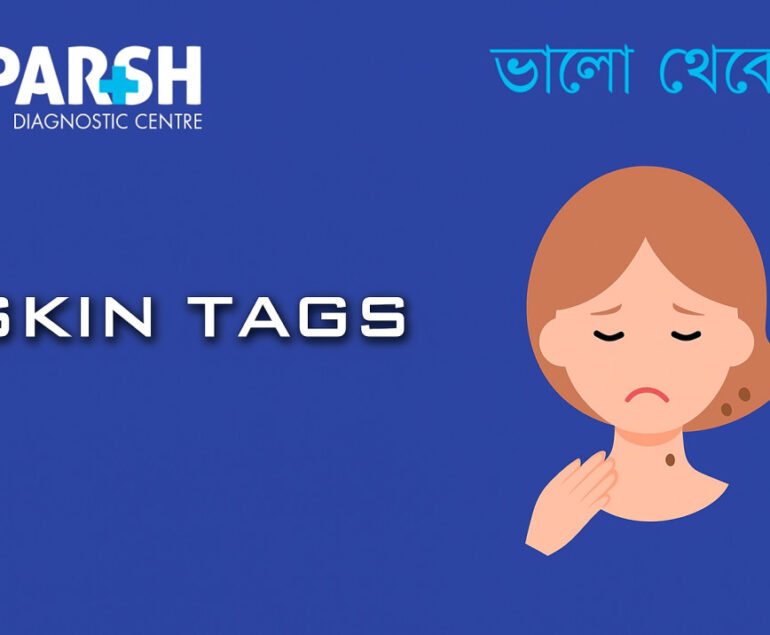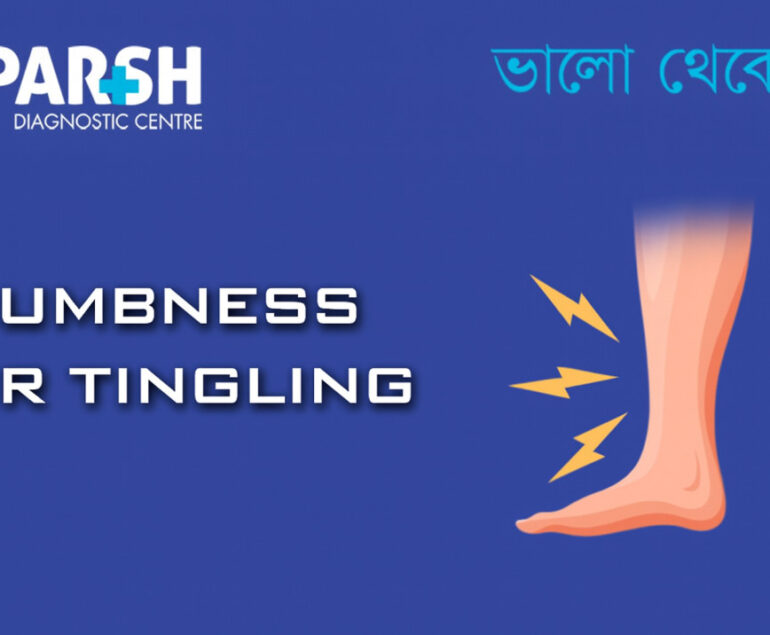Binge Eating Disorder (BED) is a serious mental health condition characterized by recurring episodes of eating large quantities of food in a short time, accompanied by a loss of control and subsequent distress. Unlike bulimia, individuals with BED do not regularly engage in purging behaviors such as vomiting or excessive exercise. BED is now recognized as a distinct diagnosis in the DSM-5 and is the most common eating disorder worldwide, affecting people across genders, ages, and backgrounds.
This blog explores the key aspects of BED — from symptoms and risk factors to diagnosis, complications, and treatment — while offering insight into how early intervention and compassionate care can lead to recovery.
What Is Binge Eating Disorder (BED)?
BED is classified under feeding and eating disorders and involves repeated episodes of binge eating — consuming unusually large amounts of food in a short period, often when not physically hungry. These episodes are often secretive, emotionally distressing, and lead to guilt, shame, or even depression.
Key Characteristics of BED:
Frequent binge episodes (at least once a week for 3 months)
Eating rapidly and beyond the point of fullness
Feelings of embarrassment and disgust afterward
No regular purging behaviors, unlike bulimia nervosa
Signs and Symptoms of Binge Eating Disorder
BED symptoms vary, but most individuals report:
Behavioral Symptoms:
Eating unusually large quantities of food in a discrete period (within 2 hours)
Eating when not hungry or eating alone due to embarrassment
Stockpiling food for later bingeing
Fluctuating diets or chronic attempts to lose weight
Emotional Symptoms:
Feelings of lack of control during episodes
Shame, guilt, or disgust after bingeing
Emotional eating to cope with anxiety, boredom, or sadness
Low self-esteem or body dissatisfaction
Physical Symptoms:
Rapid weight gain or obesity
Fatigue, digestive discomfort
Associated health issues like Type 2 diabetes, hypertension, or high cholesterol
Causes and Risk Factors
BED does not stem from a single cause but rather results from a combination of psychological, biological, and sociocultural factors.
1. Psychological Factors:
Depression or anxiety disorders
Low self-esteem or body dissatisfaction
History of trauma or abuse
Poor coping mechanisms
2. Biological Factors:
Genetic predisposition or family history of eating disorders
Hormonal dysregulation involving appetite control
3. Environmental and Sociocultural Influences:
Diet culture and unrealistic body image standards
Childhood obesity or teasing about weight
Cultural stigmas surrounding food and body image
Stressful life events
Who Is at Risk?
BED can affect anyone, but certain groups are at higher risk:
Adolescents and young adults (though it can occur at any age)
Individuals with a history of dieting or weight cycling
Those with co-existing mental health issues like anxiety, PTSD, or substance abuse
People with Type 2 diabetes or metabolic syndrome
Diagnosis of Binge Eating Disorder
Diagnosis is typically done by a mental health professional based on:
DSM-5 Criteria:
Recurrent binge episodes (at least once weekly for 3 months)
Associated with at least three of the following:
Eating faster than normal
Eating until uncomfortably full
Eating large amounts when not hungry
Eating alone due to embarrassment
Feelings of disgust, depression, or guilt after eating
Marked distress regarding binge eating
No compensatory behavior (e.g., purging)
Medical evaluations may also include:
BMI check
Blood sugar levels
Psychological assessments
Health Complications of Untreated BED
Without treatment, BED can lead to serious physical and mental health consequences, including:
Physical Health Risks:
Gastrointestinal issues
Mental Health Impacts:
Depression or mood disorders
Social withdrawal or isolation
Anxiety and panic attacks
Poor quality of life and work/school dysfunction
Treatment and Management
BED is treatable with a multidisciplinary approach, involving mental health support, nutritional guidance, and sometimes medication.
1. Psychotherapy
The cornerstone of BED treatment is psychotherapy:
Cognitive Behavioral Therapy (CBT): Helps identify and change negative thought patterns and behaviors.
Interpersonal Therapy (IPT): Addresses interpersonal issues contributing to BED.
Dialectical Behavior Therapy (DBT): Effective for emotional regulation and mindfulness.
2. Nutrition Therapy
Working with a registered dietitian is vital:
Meal planning
Education on hunger and fullness cues
Developing a healthy relationship with food
3. Medications
Certain medications may help reduce binge episodes:
Lisdexamfetamine (Vyvanse): FDA-approved for moderate-to-severe BED.
SSRIs: Can help with underlying depression and anxiety.
Topiramate and other anti-seizure drugs: Sometimes used off-label.
4. Support Groups and Counseling
Group therapy or support groups (e.g., Overeaters Anonymous)
Family counseling for young patients
Peer support to reduce isolation
5. Holistic and Lifestyle Approaches
Stress management (yoga, meditation)
Mindful eating techniques
Regular physical activity
Journaling and self-reflection
Binge Eating Disorder vs. Overeating vs. Bulimia
| Feature | BED | Bulimia Nervosa | Occasional Overeating |
|---|---|---|---|
| Binge Eating Episodes | Yes | Yes | Occasionally |
| Control During Eating | Lack of control | Lack of control | Typically controlled |
| Compensatory Behaviors | No | Yes (vomiting, laxatives) | No |
| Frequency | Weekly for 3+ months | Weekly for 3+ months | Irregular |
| Emotional Distress | High | High | Mild or none |
How to Help Someone With BED
If someone you know may be struggling with BED:
Express concern without judgment
Encourage them to seek professional help
Avoid discussing weight or dieting
Offer support during their recovery journey
Educate yourself and others to break stigma
Prevention Tips
While BED cannot always be prevented, the following steps can help reduce risk:
Promote body positivity from a young age
Discourage fad diets or extreme eating behaviors
Foster open conversations around emotions and mental health
Model healthy eating habits at home
Provide stress-reduction strategies for teens and young adults
Living With BED: Hope and Recovery
Recovery from BED is possible with the right support and treatment. Many individuals recover fully, while others manage the condition with long-term strategies. The focus should be on improving emotional well-being, establishing healthy eating habits, and enhancing self-worth, rather than just weight loss.
When to Seek Help
You should consult a healthcare provider or psychologist if you or someone you love experiences:
Frequent uncontrollable eating episodes
Significant emotional distress around eating
Weight gain accompanied by depression or isolation
Failed attempts at dieting or restrictive eating
Coexisting mental health symptoms
Binge Eating Disorder is a complex but treatable mental health condition. It impacts both physical and emotional health, but recovery is within reach. Early recognition, compassionate care, and tailored treatment can make a significant difference. If you or someone you know is struggling, don’t hesitate to seek help — healing begins with acknowledgment and action.
Need Diagnostic Support?
At Sparsh Diagnostic Centre, we provide expert nutritional assessments, mental health referrals, and routine health checks to support your journey toward recovery and wellness.
📞 Call us: 9830117733 / 8335049501
📍 Visit: www.sparshdiagnostica.com
#BhaloTheko
Disclaimer:
No content on this site, regardless of date, should ever be used as a substitute for direct medical advice from your doctor or other qualified clinician.

![]()






[…] Binge Eating Disorder […]
[…] 3. Binge Eating Disorder (BED) […]